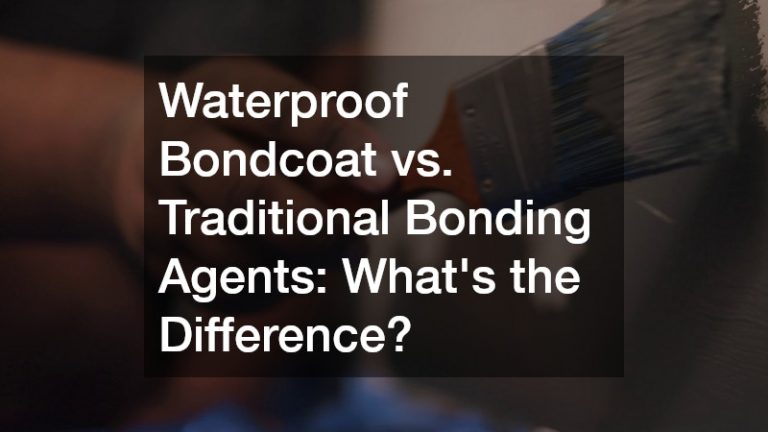

Homeowners who’ve ever had sewer repair work done know just how destructive and frustrating the process can be. Sewer pipes are buried deep underground, beneath a home’s yard and anything on it (including decks, patios, walkways, gardens, etc.). Under the conventional method, repair crews have to dig large trenches in order to reach the broken pipes, causing considerable damage in the process. In addition to digging up soil, the crews also have to remove tree roots that can grow up to three feet below the surface (and consequently damage sewer pipes). The process takes up to two weeks — and that doesn’t even include any of the restoration work needed to repair the damage.
Thankfully, a new method from the past 15 years has revolutionized they say sewer pipes are repaired. Trenchless pipe lining is a novel way of approaching pipe replacement. Rather than replace the pipes outright, trenchless sewer repair uses the existing pipes to guide the new pipes in. The method uses cured in place pipe (CIPP) technology in order to do this. CIPP liners are epoxy-based pipes that are jointless, seamless, and highly flexible — perfect for fitting into pipes with diameters as small as 4 inches. The CIPP repair pipes are lead through the existing pipes using a manhole or another noninvasive structure. Once the CIPP repair pipes are lead through, they are set to dry for a few days. Once they are dried, they effectively act as the new pipes. The old pipes technically still exist but are rendered obsolete.
However, very few homeowners know about the trenchless method. A recent survey by Angie’s List has indicated that 78% of homeowners have never heard of the trenchless method. Pipes older than 40 years should be inspected for repair or replacement. If that’s the case, don’t be the 78%: choose the trenchless method.






